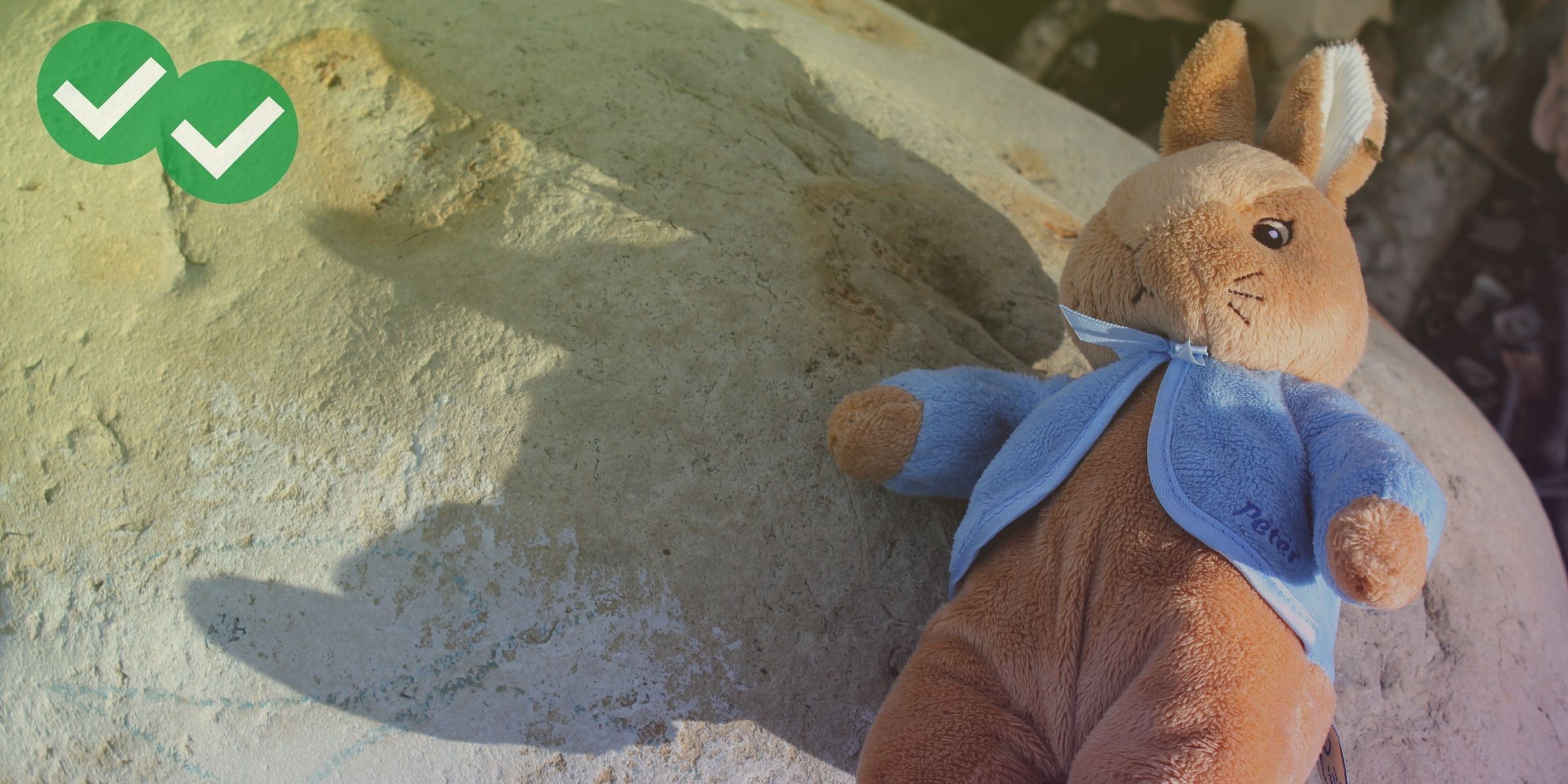
Rachel KD has been writing a series of posts that provide TOEFL Reading Practice and focus on the ten different types of TOEFL Reading questions. As Rachel demonstrates in her answer explanations, performing well on any type of Reading question is a matter of building the right reading skills and mental habits.
In this series of posts, I’m giving you a practice TOEFL reading passage and a series of skill-building exercises to go with the passage. These activities help you develop approaches to reading that can serve you well on test day.
In my last two “Beatrix Potter” posts, the activities focused on comprehension of the words and facts in the passage. These kinds of comprehension skills are essential for the “basic information” category of questions that Kate mentions in her overview of TOEFL Reading Question types.
In this post, I’ll give you some activities for building your inference skills. These activities will help you identify ideas that are not directly stated in the reading but are strongly implied. Do the tasks below to become strong in the second category of questions mentioned in Kate’s overview, inference questions.
As you read through the passage below, complete the following activities:
- Think about the kind of person Beatrix Potter is, according to the passage. Write a list of the traits you feel Beatrix Potter has. Cite the passage for direct evidence for each personality trait you see in her.
- Beatrix Potter’s family are described briefly in the passage, with a particular focus on her uncle. What kinds of people are Beatrix Potter’s family members? What is Beatrix Potter’s relationship with her uncle like? Again, cite direct evidence from the reading for any claims you make.
- Beatrix Potter makes many important decisions, such as her choice to study lichens, her decision to present her research to other scientists, and her decision to abandon science in favor of creating children’s books. Make a list of the decisions she made and possible reasons for her decisions. List only ideas that are directly supported by the stated facts in the passage.
- List the facts from the reading about Beatrix Potter’s chosen field, mycology. Then guess about other aspects of mycology, such as tools and equipment mycologists might use as they study mushrooms, ways that mycology might have changed since Potter’s days as a scientist, and practical uses for mycology. Make sure that all guesses are linked directly to evidence in the reading.
- Describe what the scientific community was probably like in England during Beatrix Potter’s lifetime. First list facts from the text that characterize the scientific community. Then list at least three additional things that were probably true about scientific society in nineteenth century British society, citing supporting information from the text.
- Think of reasons the Linnean Society did not give serious consideration to Beatrix Potter’s research on lichens. Use evidence from the passage to support your claims about the Society’s reasons.
- The passage shows that Beatrix Potter eventually gained recognition as an important mycologist, after her death. Why did the scientific community eventually accept Potter’s research, and why were her scientific works eventually published? Give reasons for this that are directly supported in the passage, and cite specific evidence from the passage.
Beatrix Potter’s Scientific Work
Born in 1866 in London, Beatrix Potter is best remembered as children’s author. However she also made significant contributions to the field of science. In her younger years, Potter was an accomplished mycologist, a specialist in the study of fungi. She eventually abandoned her scientific work with mushrooms and lichens in favor of a career writing and illustrating picture books.
Early on, Beatrix Potter developed an enthusiasm for woodland biology that went hand-in-hand with her love of art and illustration. In her teenage years and her early twenties, she would collect mushroom specimens between her visits to London’s many art museums. This dual interest in art and the study of fungi led her to make her scientific drawings and diagrams of the mushrooms she found.
As Beatrix Potter closely studied various types of mushrooms, she began to observe her specimens in increasingly scientific ways. She carefully recorded small differences in the form, shape and color of different fungal species. She even began to study mushroom tissue and spores under a microscope. She examined living mushrooms as well, closely observing fungi reproductive processes and recording her findings in a personal scientific journal that she kept.
In her early work as a scientist, Potter made no effort to share her research publicly. Although her own family was supportive of her scientific work, women nineteenth-century British society were discouraged from participating in higher education or entering England’s scientific community. However, after words of encouragement from male mycologists she corresponded with, she decided to seek out formal academic recognition of her mycological fieldwork.
Potter was especially eager to find a scientific audience for her research on lichens. At the time, there had been some scientific speculation that lichens were not a true fungus, but a symbiotic combination of fungal spores and algae growing together in a colony. Potter had collected lichen specimens from rocks and the sides of trees and studied them under a microscope. Through her lab work, she had discovered both fungi spores and algae cells within lichen samples and had even observed evidence of the fungi and algae working together in symbiosis.
As a woman, Beatrix Potter faced significant obstacles in presenting her work to the scientific community. The most important group of mycologists and botanists in London was the Linnean Society, a male-only research group that barred women from attending their meetings. With help from her uncle, an administrator at the University of London, and George Massey, a mycologist who had been reviewing her research, Potter convinced Linnean Society to consider her findings. In 1897, the Linnean Society met and reviewed Beatrix Potter’s paper on lichens, although Potter herself could not be present at the gathering. The reaction of the scientists at the meeting was dismissive; the paper was not accepted for publication, and no notes on Potter’s findings were added to the Society Archives.
In spite of her inability to gain the attention of London’s male-dominated scientific community, Potter remained confident in her work. She told friends, family and colleagues that her findings on lichens would be accepted as fact in time. However, she abandoned her career in mycology very shortly after her research was dismissed by the Linnean Society. During Potter’s years as a scientist she had also been working as an illustrator, and in 1902 a major publishing company offered her full time work creating the storybooks she became famous for.
Potter’s predictions about her eventual success as a scientist ultimately came true. By her death in 1943, the symbiosis theory about lichens was gaining more acceptance. Today, the symbiotic nature of lichens is accepted as science fact, and potter is remembered as one of the first scientists to find evidence for lichen symbiosis. In modern bookstores, her scientific writings and illustrations, published decades after her death in 1943, often appear on the shelves alongside her still-popular children’s books.






Leave a Reply